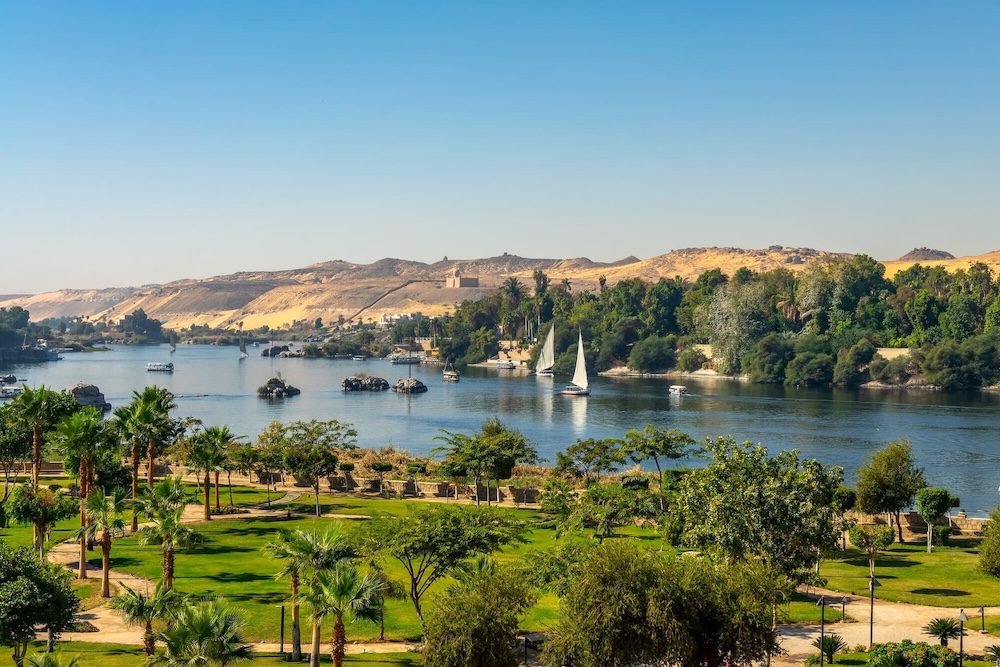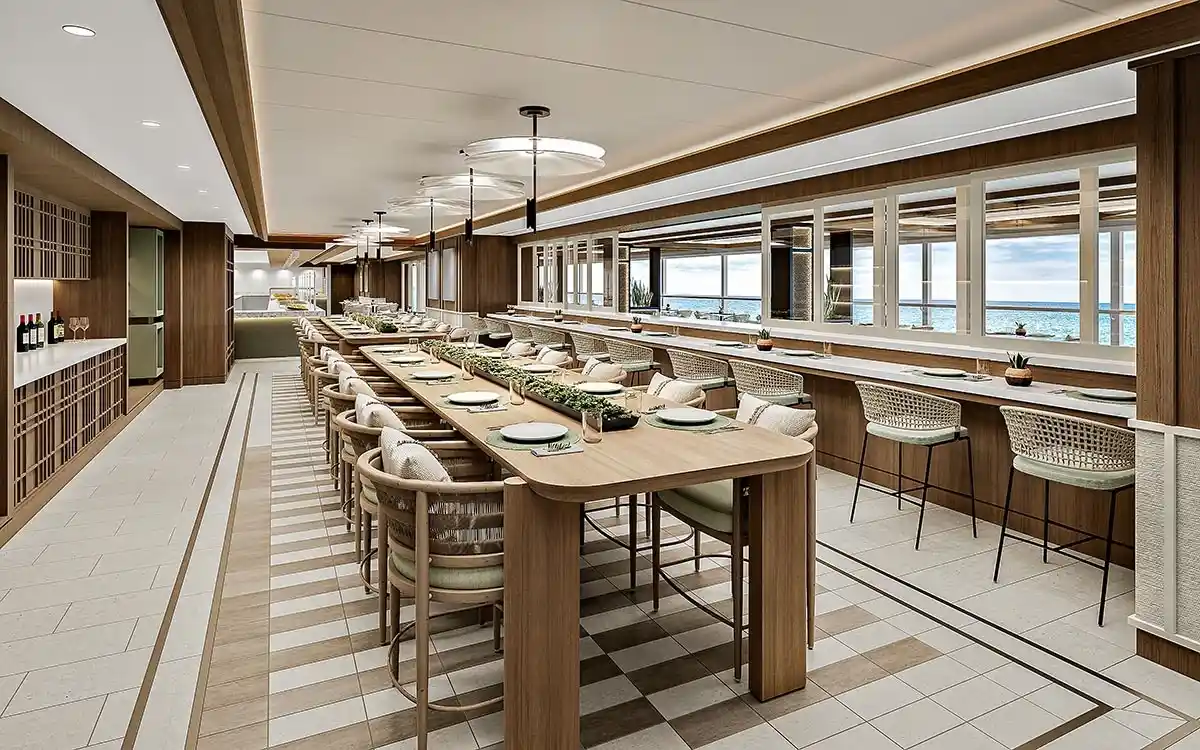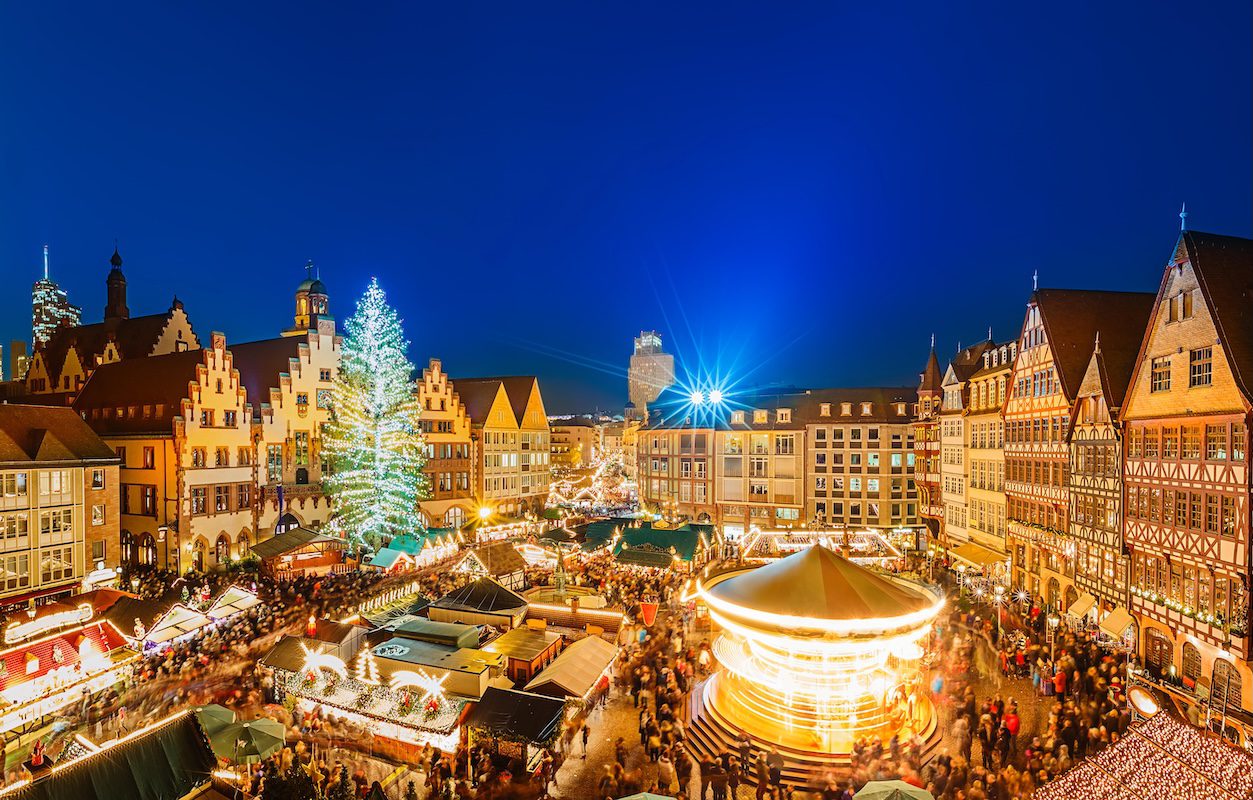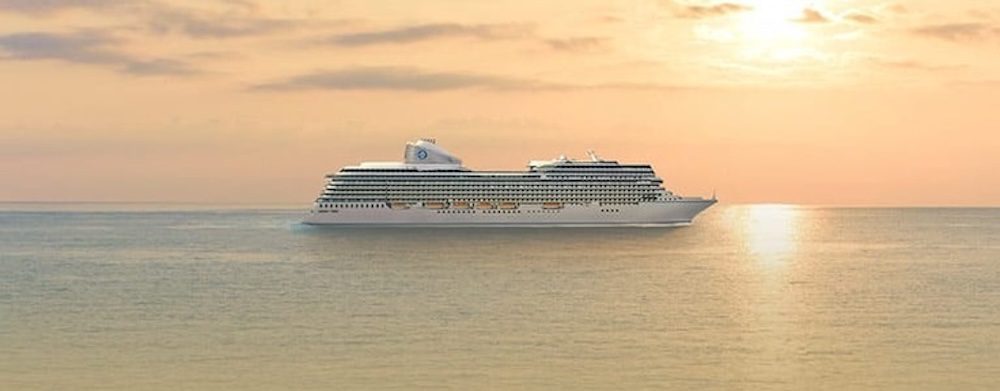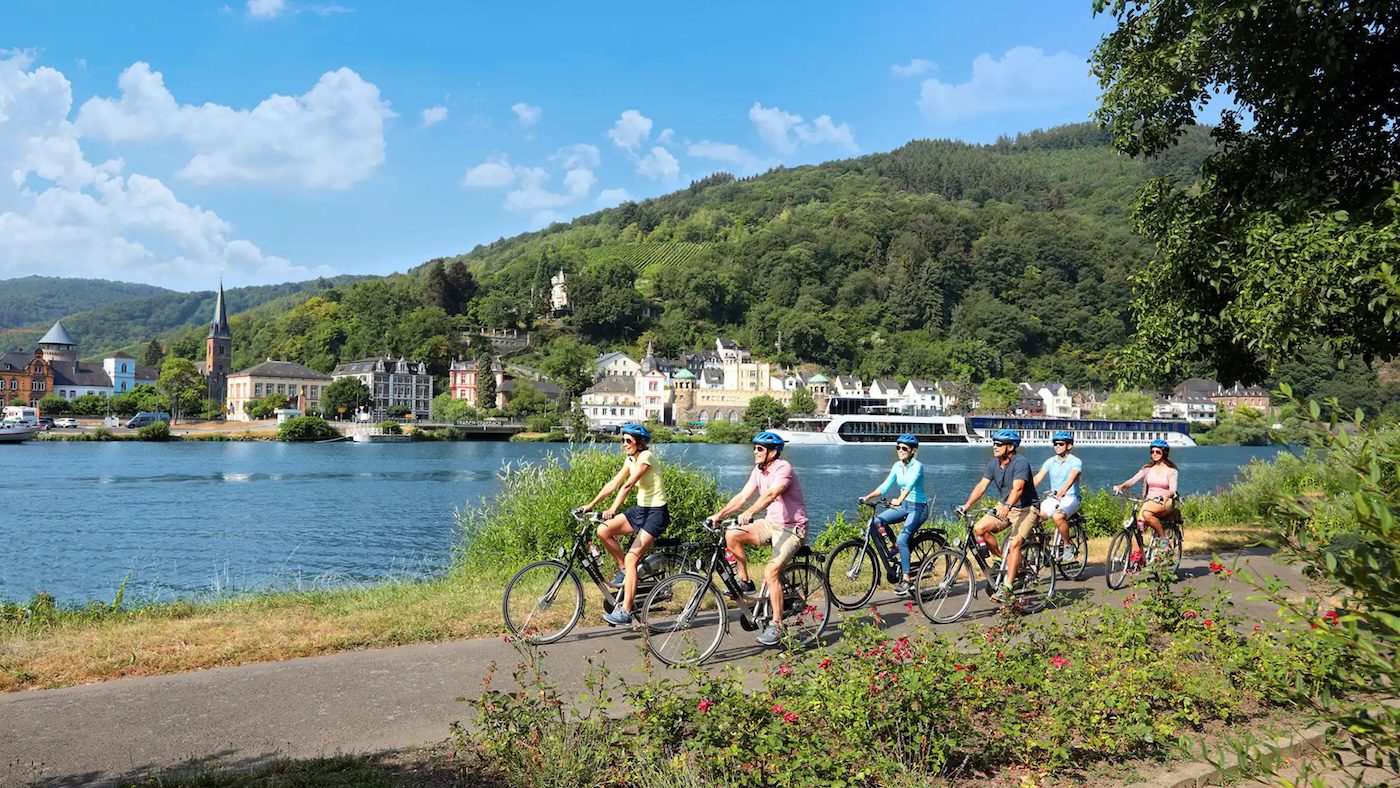Viking is once again leading the way in sustainable cruising. In partnership with shipbuilder Fincantieri, the company has announced plans for the Viking Libra, the world’s first hydrogen-powered cruise ship, scheduled to debut in late 2026. This innovative new vessel will be capable of operating with zero emissions—thanks to a hybrid propulsion system that includes liquefied hydrogen and advanced fuel cells.
What Makes the Viking Libra Special?
The Viking Libra isn’t just another sleek new addition to the fleet. She represents a major leap forward in green maritime technology. While she will be a sister ship to the rest of Viking’s ocean fleet, her propulsion system will enable her to sail into environmentally sensitive destinations without leaving a trace. The ship’s system, developed with support from Isotta Fraschini Motori (IFM)—a Fincantieri subsidiary—is designed to generate up to six megawatts of clean power.
“From the outset, we have designed our river and ocean ships thoughtfully to reduce their fuel consumption, and we are very proud the Viking Libra and the Viking Astrea will be even more environmentally friendly,” said Torstein Hagen, Chairman and CEO of Viking. “Viking made the principled decision to invest in hydrogen, which offers a true zero-emission solution. We look forward to welcoming the world’s first hydrogen-powered cruise ship to our fleet in 2026.”
How Do Hyrdogen Powered Cruise Ships Work?
The Viking Libra is designed to be a game-changer in sustainable cruising. At 239 meters long and with space for 998 guests in 499 staterooms, she’ll be similar in size and layout to Viking’s other ocean ships—but what’s inside sets her apart. This will be Viking’s first vessel powered by a hybrid system that includes liquefied hydrogen and advanced fuel cells, allowing her to operate with zero emissions. That means she’ll be able to sail into environmentally sensitive destinations that often restrict traditional cruise ships.
The hydrogen used onboard will be stored in a special containerized system, helping to overcome current challenges with fuel availability in the maritime world. It will power polymer electrolyte membrane (PEM) fuel cells, a technology developed by Isotta Fraschini Motori, a Fincantieri subsidiary focused on clean energy innovation.
The PEMs use a thin, solid polymer membrane as an electrolyte, which only allows protons to pass through. On one side, hydrogen molecules are split into protons and electrons. The electrons generate electricity as they travel through an external circuit, and the protons pass through the membrane to combine with oxygen on the other side, forming water. Because they operate at relatively low temperatures and have a quick response time, PEM fuel cells are especially well-suited for cruise ship operations where consistent, quiet, and clean energy is a priority.
Together, these systems will generate up to six megawatts of electricity, enough to power both the ship’s propulsion and onboard systems. A similar technology is already in use aboard the MF Hydra, a Norwegian ferry, which has shown how hydrogen fuel can help reduce greenhouse gas emissions at sea.
What’s Next for Viking’s Ocean Fleet?
Alongside the announcement of the Viking Libra, Viking also confirmed that its next ocean vessel, the Viking Astrea, currently under construction and set to debut in 2027, will also feature hydrogen-powered technology. Like the Libra, the Astrea will include a hybrid propulsion system that combines traditional fuels with hydrogen and fuel cells.
In addition to these eco-conscious advancements, Viking and Fincantieri have signed contracts for two more ocean ships scheduled for delivery in 2031, with options for two more by 2033. These expansions are a clear sign of Viking’s long-term commitment to growth and innovation.
“With the Viking Libra, we are not only delivering the world’s first cruise ship powered by hydrogen stored on board, but we are also reinforcing our commitment to shaping the future of sustainable maritime transportation,” said Pierroberto Folgiero, CEO and Managing Director of Fincantieri. “Furthermore, we are thrilled about Viking’s decision to expand its fleet with the order of two additional ships, which reaffirms the strength of our partnership, and the trust placed in our expertise. This new order is a testament to our shared vision for a more sustainable cruise industry, as together we continue to set new standards for innovation and responsible shipbuilding.”
How Big Is Viking Planning to Get?
Viking is already the largest small-ship cruise line in the world, and its growth is far from slowing down. The company expects to take delivery of:
- 26 additional river ships by 2028
- 11 additional ocean ships by 2031
That would bring Viking’s total fleet to 110 river ships and 23 ocean and expedition ships by 2031.
Known for its Scandinavian design, cultural focus, and all-veranda ocean ships, Viking continues to set new standards in destination-focused travel. With the arrival of hydrogen power, the company is proving that you don’t have to sacrifice comfort or style to cruise more responsibly.
Want to learn more about Viking’s ships or upcoming itineraries? We’re happy to help you plan a cruise on one of the most forward-thinking fleets at sea. See more about Viking River Cruises or Viking Ocean Cruises and start planning today!

